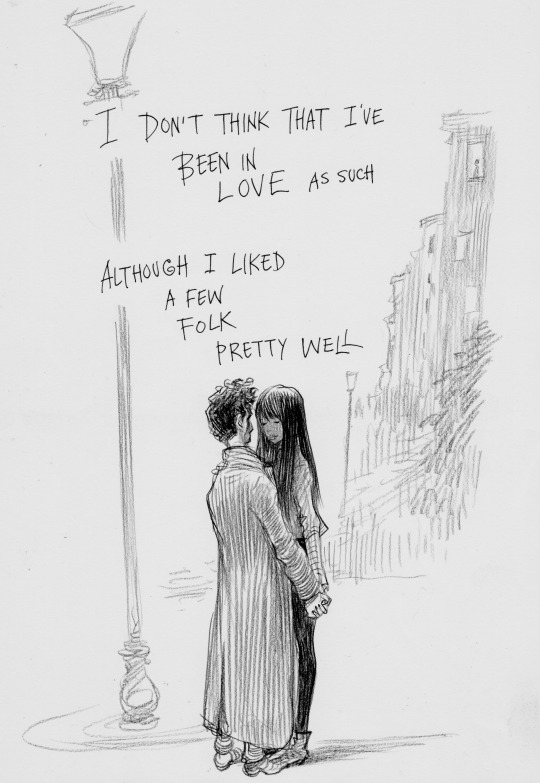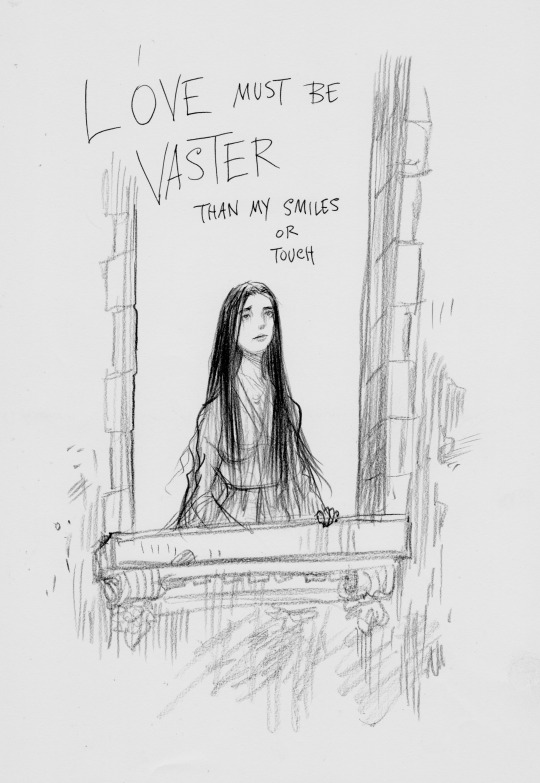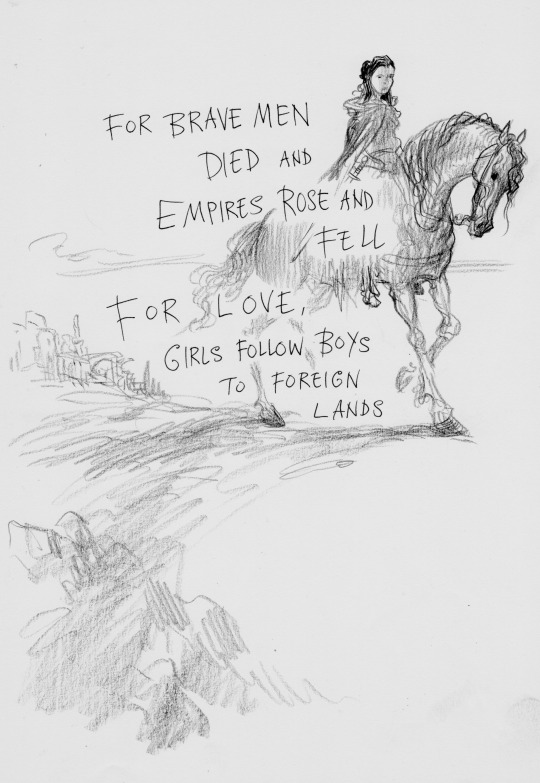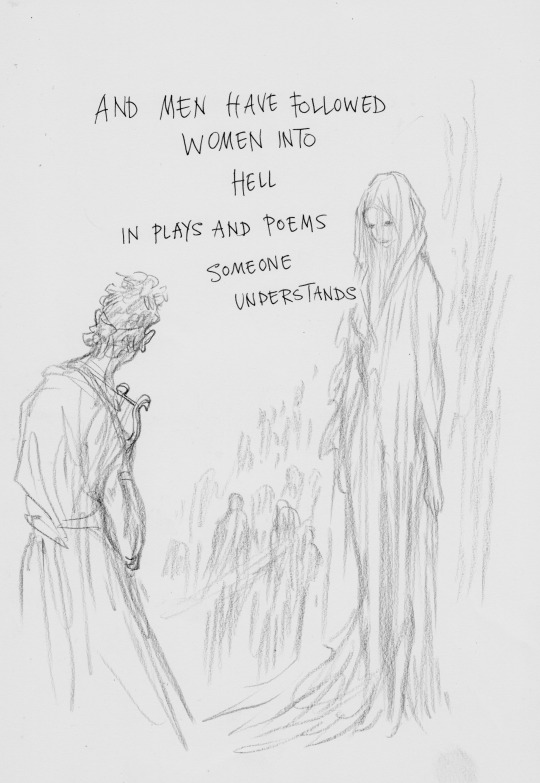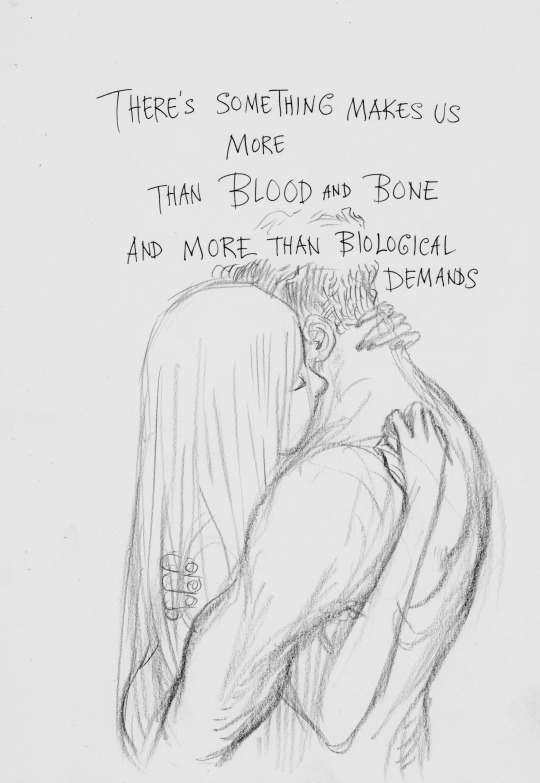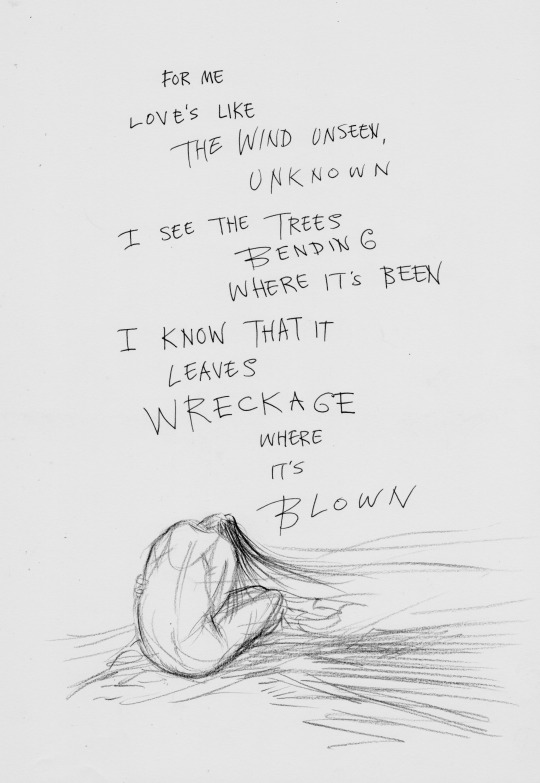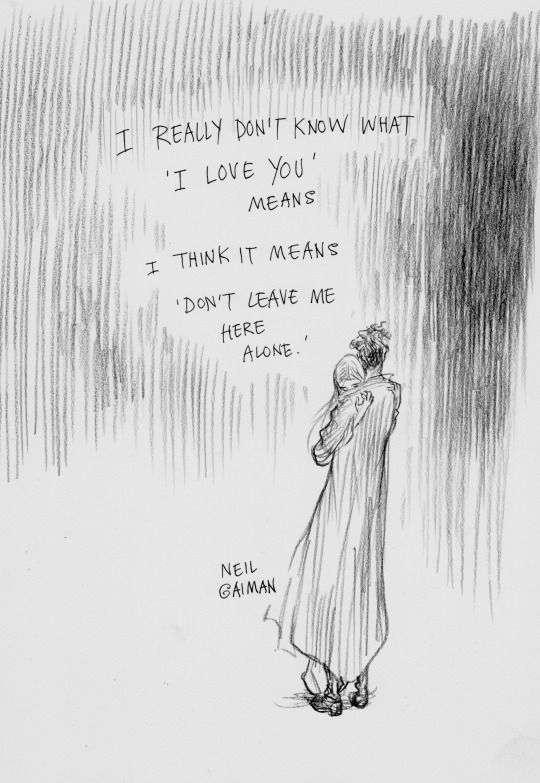Don't wanna be here? Send us removal request.
Photo










Carmody Groarke - Two pavilions, connected by an underground tunnel, East Sussex 2017. Photos © Johan Dehlin.
Keep reading
2K notes
·
View notes
Text
If the door’s locked, try the wall
[by Geoff Manaugh]

a drywall knife
In one of the most interesting moments in his memoir, [jewelry thief Bill Mason] sees that architecture can be made to do what he wants it to do; it’s like watching a character in Star Wars learn to use the Force.
In a lengthy scene at a hotel in Cleveland that Mason would ultimately hit more than once in his career, he explains that his intended prize was locked inside a room whose door was too closely guarded for him to slip through. Then he realizes the obvious: he has been thinking the way the hotel wanted him to think—the way the architects had hoped he would behave—looking for doors and hallways when he could simply carve a new route where he wanted it. The ensuing realization delights him. “Elated at the idea that I could cut my own door right where I needed one,” he writes, Mason simply breaks into the hotel suite adjacent to the main office. There, he flings open the closet, pushes aside the hangers, and cuts his way from one room into the other using a drywall knife. In no time at all, he has cut his “own door” through to the manager’s office, where he takes whatever he wants—departing right back through the very “door” he himself made. It is architectural surgery, pure and simple.
Later, Mason actually mocks the idea that a person would remain reliant on doors, making fun of anyone who thinks burglars, in particular, would respect the limitations of architecture. “Surely if someone were to rob the place,” he writes in all italics, barbed with sarcasm, “they’d come in as respectable people would, through the door provided for the purpose. Maybe that explains why people will have four heavy-duty locks on a solid oak door that’s right next to a glass window.” People seem to think they should lock-pick or kick their way through solid doors rather than just take a ten-dollar drywall knife and carve whole new hallways into the world. Those people are mere slaves to architecture, spatial captives in a world someone else has designed for them.

Something about this is almost unsettlingly brilliant, as if it is nonburglars who have been misusing the built environment this whole time; as if it is nonburglars who have been unwilling to question the world’s most basic spatial assumptions, too scared to think past the tyranny of architecture’s long-held behavioral expectations.
To use architect Rem Koolhaas’s phrase, we have been voluntary prisoners of architecture all along, willingly coerced and browbeaten by its code of spatial conduct, accepting walls as walls and going only where the corridors lead us. Because doors are often the sturdiest and most fortified parts of the wall in front of you, they are a distraction and a trap. By comparison, the wall itself is often more like tissue paper, just drywall and some two-by-fours, without a lock or a chain in sight. Like clouds, apartment walls are mostly air; seen through a burglar’s eyes, they aren’t even there. Cut a hole through one and you’re in the next room in seconds.
~ Geoff Manaugh, A Burglar’s Guide to the City
38K notes
·
View notes
Photo




Atelierhaus Iseli Altenberg - Bern, Switzerland; 1987
Rolf Mühlethaler (photography by Daphné Iseli)
see map | about the architect | more information 1, 2
via “Werk, Bauen + Wohnen” 75 (1988)
98 notes
·
View notes
Photo



Now You See Me, Now You…..Still See Me? Hand-Painted British Dazzle Camouflage Templates from WWI
During WWI, 1914-1918, the Fleet Admiral of the British Navy had a problem. German U-Boats were sinking British ships at an astonishing rate. Something had to be done to halt the destruction of the fleet and the loss of life, and that something was what would come to be known as Dazzle Camouflage. Unlike other types and styles of camouflage, it was not intended to hide the ship, but rather to visually disrupt the outline of the ship to the degree that an observer would have no idea what they were looking at.
The German Navy had a well-deserved reputation for having a very low margin of error when it came to sinking British ships, but it was reported that dazzle camouflage could throw an experienced submariner’s aim off by multiple degrees, meaning a harmless miss rather than a devastating hit.
Dazzle camouflage was pioneered by British naval officer Norman Wilkinson and was based on the theory that, just like stripes on a zebra and spots on a cheetah, stripes and odd patterns on a battleship would make it harder to target by breaking up its outline. Dazzle camouflage utilized oddly angled lines and very bright colors including green, yellow, pink, purple, blue, and black to make it impossible to determine the size, shape, speed, or heading of a ship. Also, for added confusion, no two ships were painted alike so that the Germans would have nothing to latch onto as a template for the patterns on the ships.

Type 8, Design A, Starboard Side (NAID 46740258) RG; 19, Camouflage Design Drawings for U.S. Navy Commissioned Ships, U.S. Merchant Ships and British Ships.
This type of camouflage enjoyed great success and was eventually adopted by the United States navy, prompting an unnamed American journalist at the New York Times to write, “You should see our fleet, it’s camouflaged to look like a flock of Easter eggs going out to sea.”
By WWII, this type of camouflage was becoming less and less effective because of inventions like radar and range finders and the fact that torpedoes were no longer hand guided.
All of the images shown above in addition to the over 300 other templates in the National Archives holdings are available for viewing online at https://catalog.archives.gov, search “British Camouflage Type” and then choose which “type” (1-20) you wish to view.
More on Dazzle Camouflage at Now You See Me, Now You…..Still See Me? Hand-Painted British Dazzle Camouflage Templates from WWI | The Unwritten Record
320 notes
·
View notes
Photo





Historical Bicycle Head Badges, USA. Via John Grimwade
903 notes
·
View notes
Photo
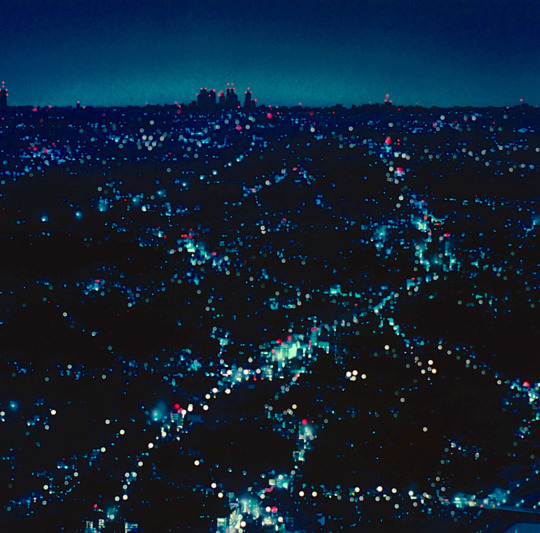




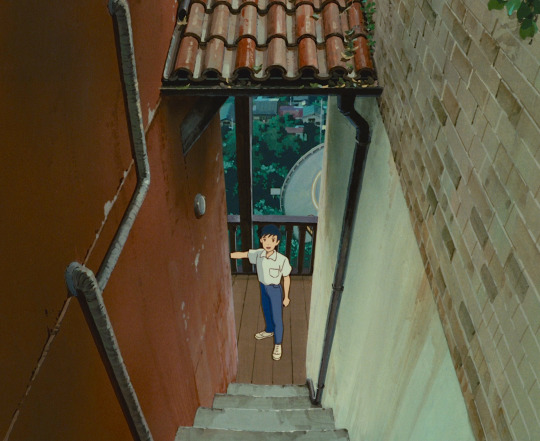
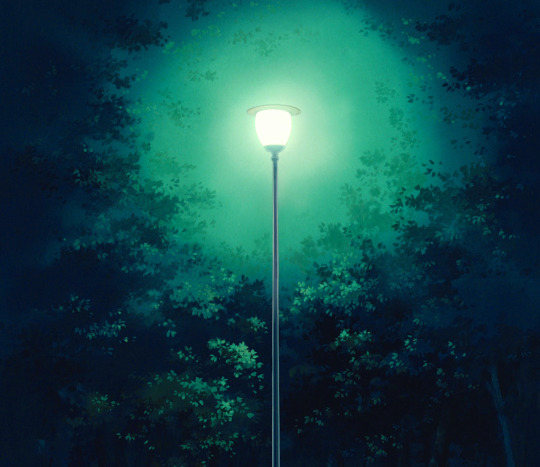
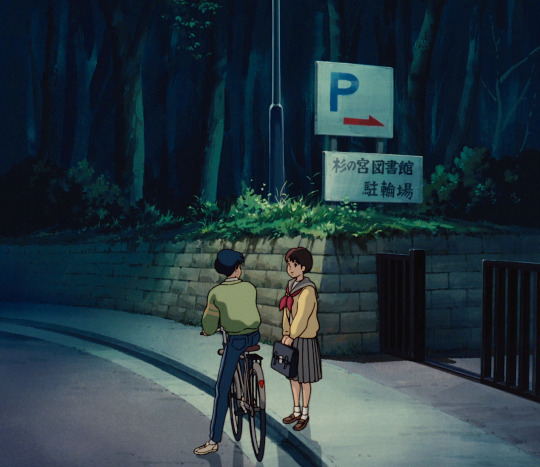

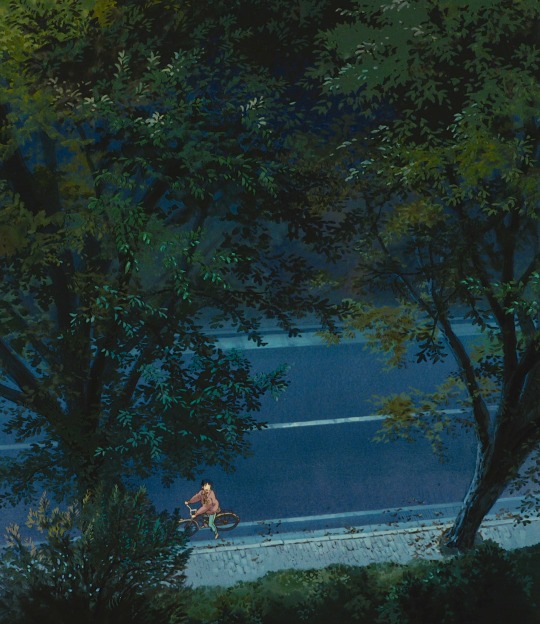
Whisper Of The Heart Vertical Pan Shots - Dir Yoshifumi Kondo (1995)
27K notes
·
View notes
Photo

Crescent Moon. The essence of astronomy. 1914. Cover art.
5K notes
·
View notes
Photo

Mario De Biasi, per Mondadori Portfolio; Sagrato di piazza del Duomo, Milano, 1951
578 notes
·
View notes
Photo








Starlog magazine #23: Alien teaser (June 1979)
1K notes
·
View notes














